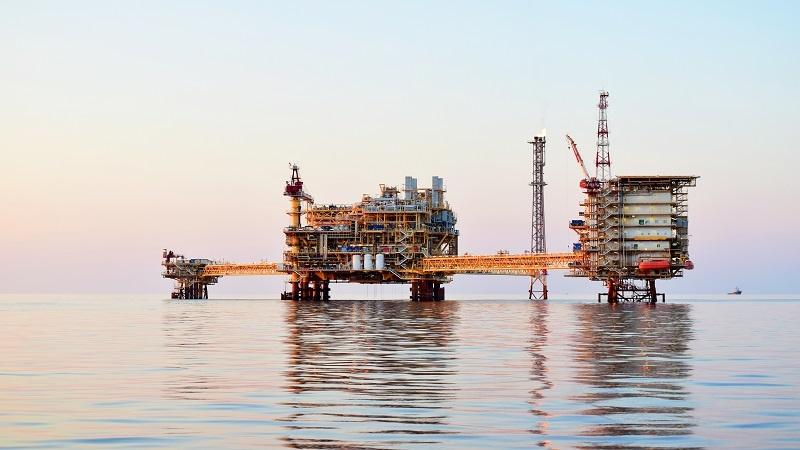
The UK Oil and Gas Authority (OGA) has published a new cost estimate for offshore oil and gas decommissioning in the UK Continental Shelf (UKCS), suggesting that the total cost of decommissioning has reduced, spelling good news for both the industry and the Exchequer.
The report showed that the total cost of decommissioning UKCS offshore oil and gas infrastructure has reduced to UK£46bn, which is a projected saving of nearly UK£14bn. This marks steady progress towards the US£39bn by end-2022 target called for in the 2017 report.
Behind the decline
The UK£2bn reduction in the 2021 estimate is the result of continuous improvement and reductions in well decommissioning costs, driven by reductions in subsea P&A costs, cost estimating uncertainty and associated cost risk.
Expenditure in 2020 was impacted by Covid-19 and the low commodity price, contributing to a continuation of a plateau in the rate of cost reduction reported last year. While short-term forecasts show a recovery from this slowdown, commercial transformation remains key to meeting the cost reduction target.
There are positive signs that operators are embracing lessons learned from across the industry as well as embedding a culture of continuous improvement and setting ambitious best in class performance targets. This is helping drive the downward cost trajectory and, more will be needed to meet the target. At the same time however there remain some real inconsistencies in cost performance, reducing the overall improvement of the basin.
The majority of decommissioning cost is forecast to be incurred over the coming two decades, and the window of opportunity to identify and embed the necessary changes to drive the next step change in cost efficient decommissioning is immediate.
Achieving the cost reduction target
The OGA’s updated Decommissioning Strategy sets out the commercial transformation and strategic objectives required to deliver cost efficiency and achieve the UKCS cost reduction target of greater than 35%.
The 2021 Estimate notes that there are a number of opportunities to bring about further cost reductions, but it also highlights risks to continuing to bring down costs.
An average annual cost reduction of 6% has been delivered over the past four years. If this average is maintained, the 35% target remains achievable by end-2022.




